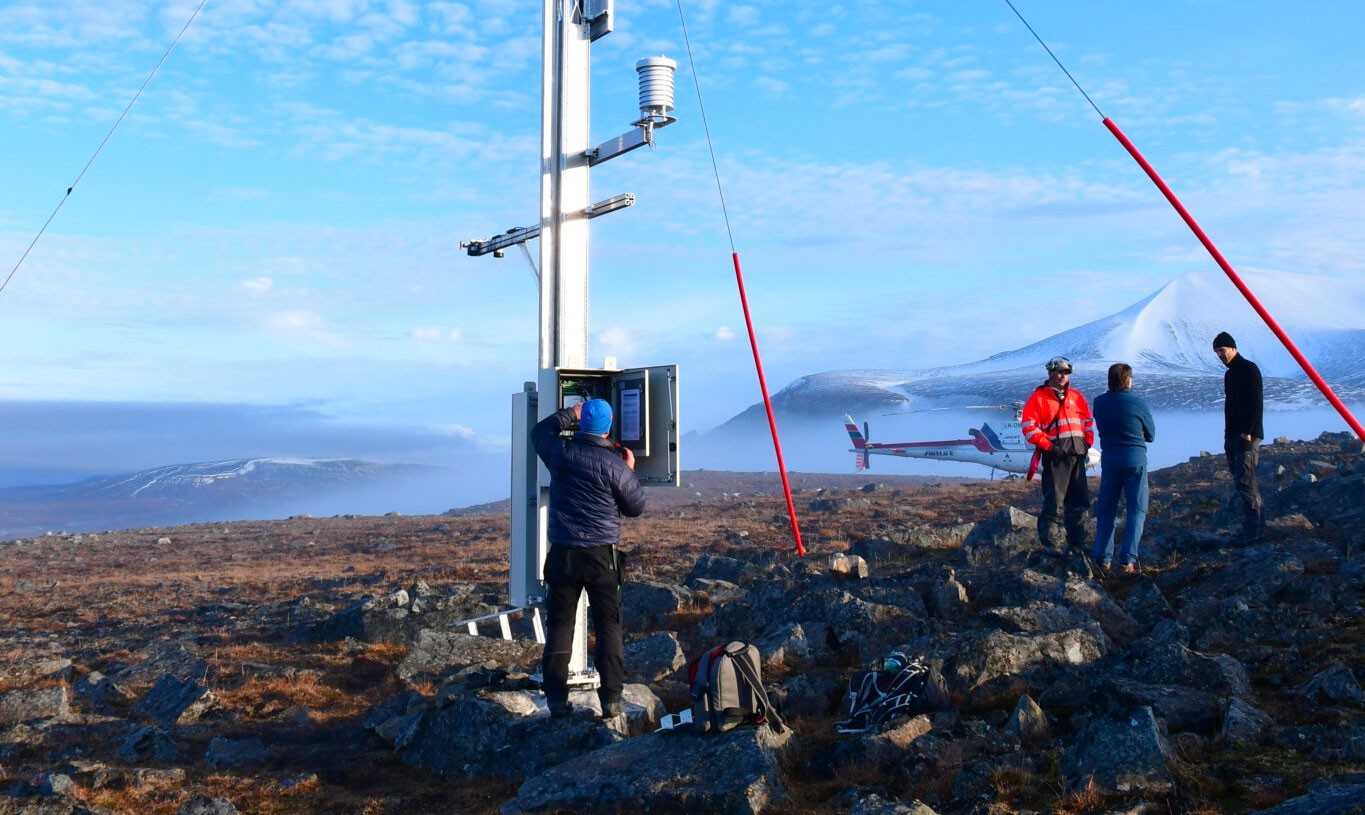
Climate-Ecological Observatory for Arctic Tundra—Status 2020
By: Eeva Soininen and Rolf A Ims // UiT The Arctic University of Norway, Åshild Ø Pedersen // Norwegian Polar Institute and Audun Stien // NINA – Norwegian Institute for Nature Research
1.
The Climate-Ecological Observatory for Arctic Tundra (COAT) is a response from five Fram Centre institutions to international calls to establish scientifically robust observation systems that enable real-time detection, documentation, and understanding of climate impacts on Arctic tundra ecosystems.
Ecosystem-based monitoring and research
COAT is a system for long-term research with a focus on the Low-Arctic Varanger Peninsula and High-Arctic Svalbard. It combines state-of-the-art climate-ecological research with management. The focal COAT regions provide contrasts in system complexity, climate, and management regimes. COAT builds on and expands the ongoing research and long-term monitoring in both regions.
Food web models and modules
COAT aims to establish causal relations between components of the food webs that are important to ecosystem functioning and management, and how climate and management actions impact these relations. The likely paths for such causal relations are expressed in terms of conceptual “climate and management impact path models”.
These models encompass tightly linked clusters (termed modules) of organism groups that are expected to be directly or indirectly impacted by the same set of climate and management drivers. The purpose of the conceptual models is to form a framework for data-driven causal analyses and predictions of climatic effects, and further infer how management could be effective in mitigating predicted unwanted effects.
ADVERTISEMENT
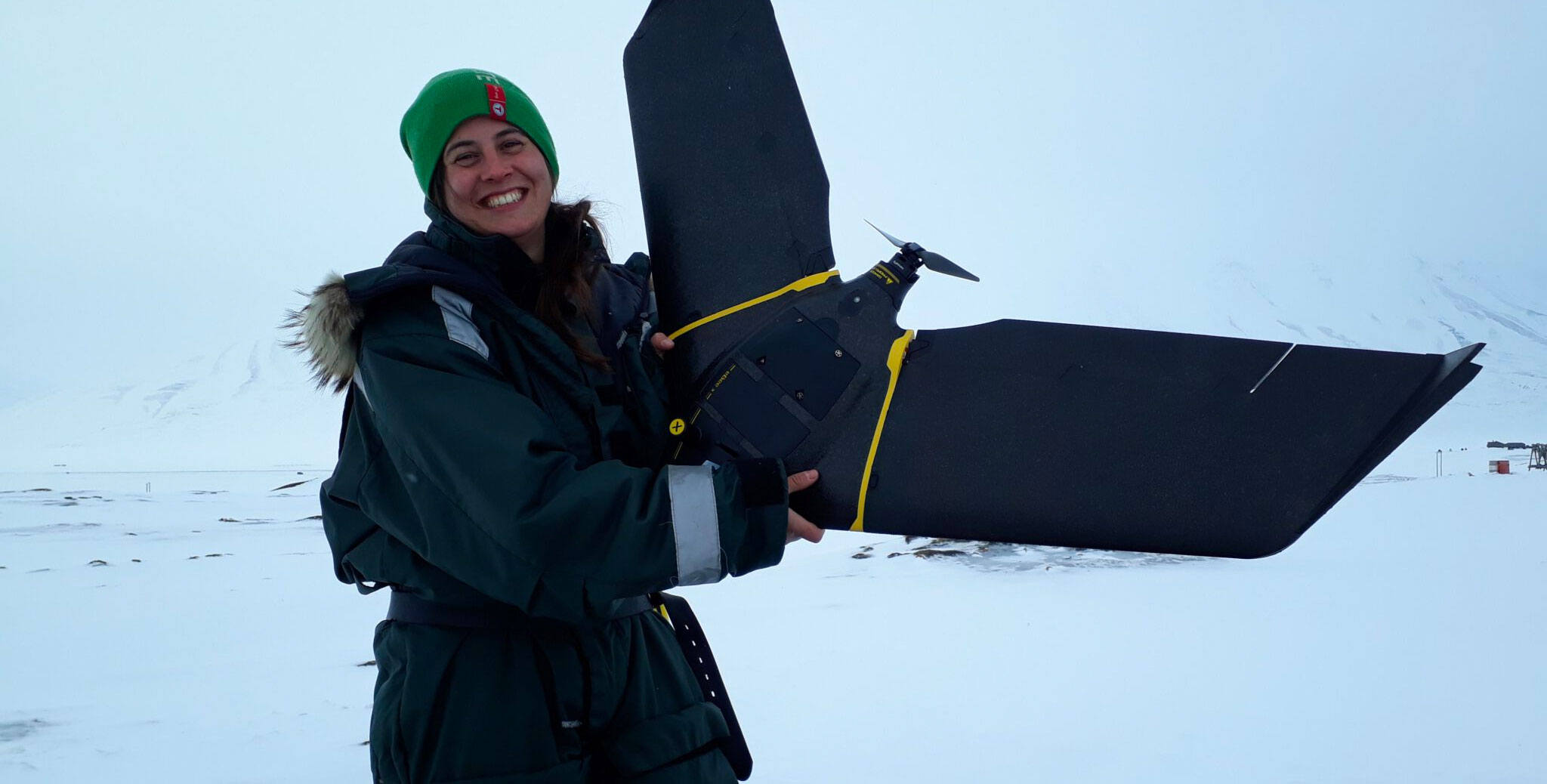
2.
Monitoring, analyses, adaptive updates
The COAT science plan (download from www.coat.no) describes the overall approach, background knowledge, climate impact path models, and the monitoring design. The study methods include both ground observations, automatic data recording, and remote sensing. The plan also describes the adaptive monitoring approach of COAT: How new knowledge, technology, science questions, and management intervention will be incorporated into models and monitoring designs in an iterative manner – a process in which stakeholders and management authorities may be engaged (see example XXX). As part of adaptive monitoring, COAT also develops new monitoring technologies and new data analyses and modeling tools.
COAT Infrastructure in the field
In 2016, COAT started to implement research infrastructure related to data capture (i.e. gathering information related to both food webs and climate), field logistics and data management solutions.
To cover the range of existing variation in climatic and management contexts, COAT data sampling systems are geographically distributed. The first five COAT weather stations were set up in 2018-2019, in inland regions of Svalbard and across one coast-to-inland gradient at Varanger. Five more will be set up in Svalbard in 2020-2021.
Other types of infrastructure that have been established are herbivore exclosures, networks of cameras traps and acoustic sensors, telemetry equipment, drones, and networks of small instruments that log climate parameters. These are distributed at spatial and temporal scales appropriate for estimating the weather patterns and ecological interactions of interest in the COAT modules.
Field logistics is essential for the large COAT field crews that operate in remote tundra areas in Varanger Peninsula and Svalbard. As part of the infrastructure project, COAT Varanger has established local storage facilities in Vadsø, acquired transport units (snowmobiles, ATVs, cars), and in fall 2019 established a permanent field station. COAT Svalbard field operations are organised under the umbrella of Norwegian Polar Institute logistics.
COAT Digital Infrastructure
A data management system is a crucial part of the COAT infrastructure. The COAT data portal will gather all primary data from COAT, providing open access to external users. Work with the COAT data portal has advanced to the testing of the first version. Concurrently, the COAT team is working with establishing data format standards, organising and documenting datasets, and developing transparent and reproducible data pipelines for activities ranging from taking field notes to monitoring state variables. An open version of the data portal will be released in 2020 with access through the COAT web pages.
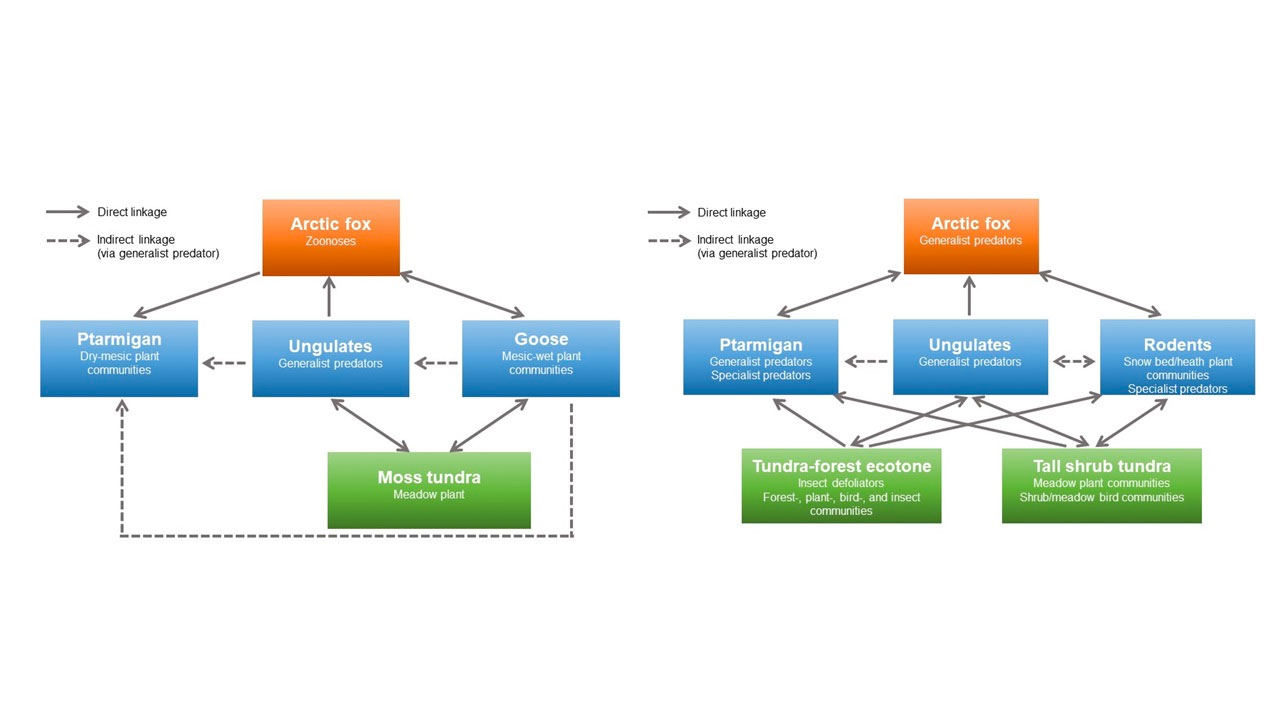
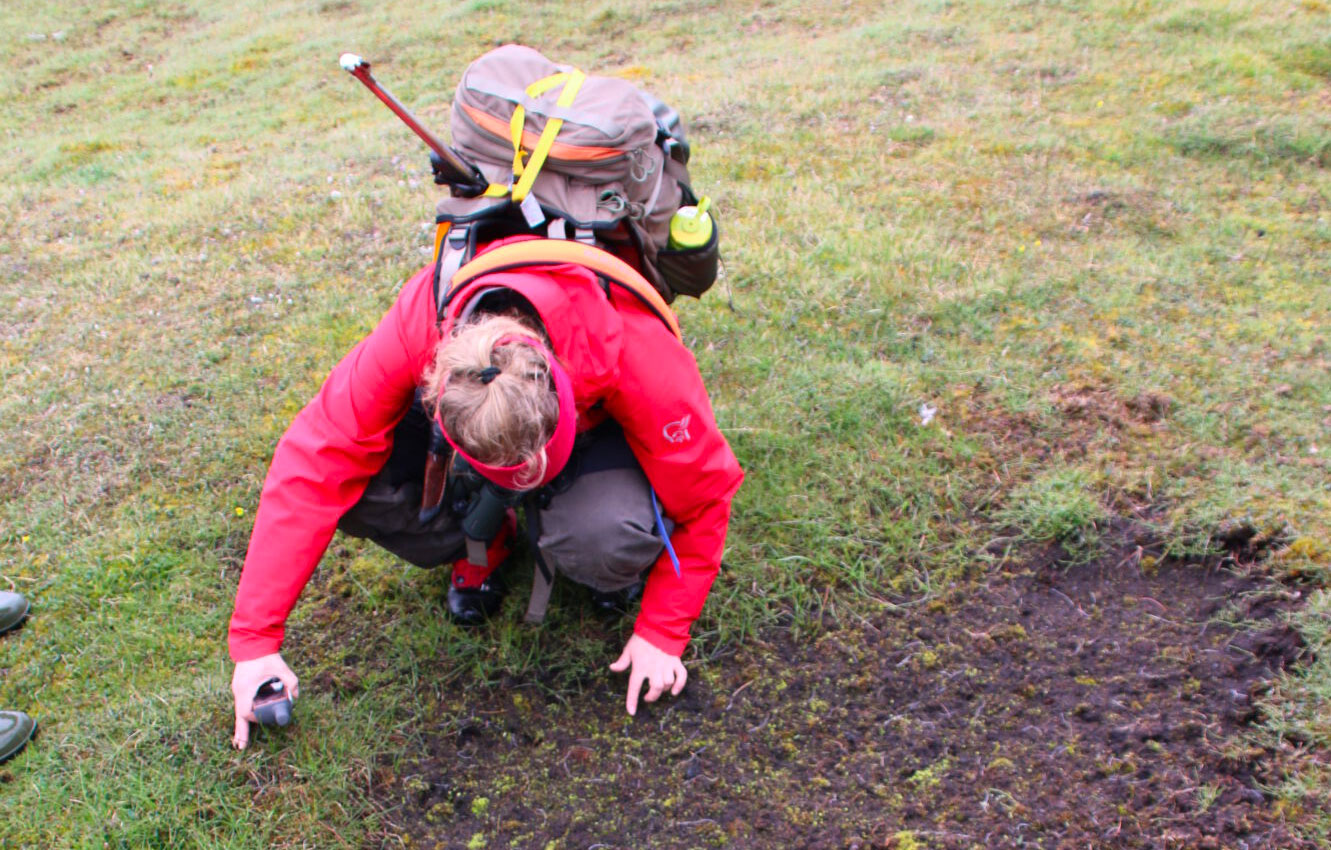
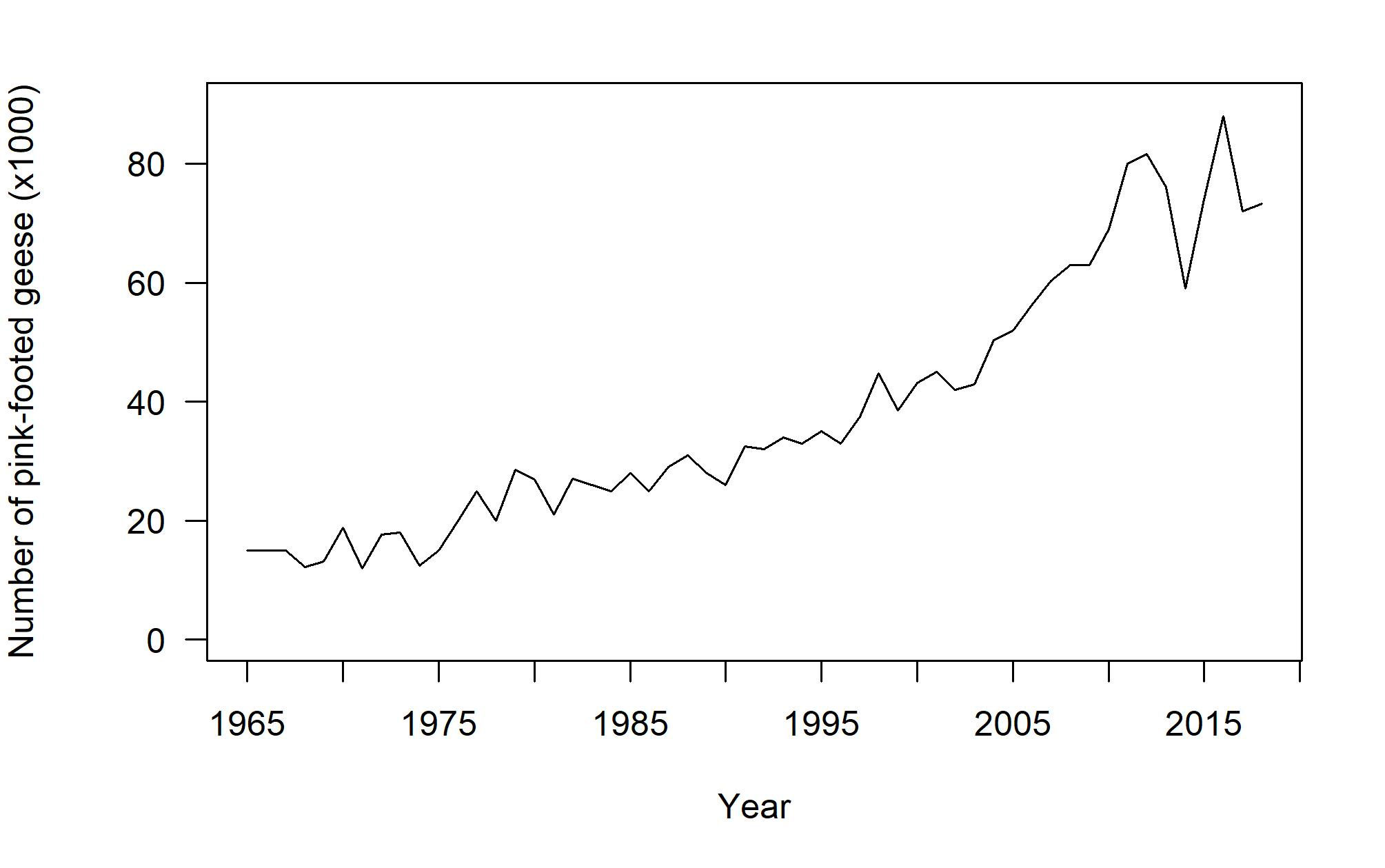
The Varanger Arctic fox module – an example of the COAT adaptive monitoring
The Arctic fox is the only mammalian predator endemic to the terrestrial Arctic. Over the last century, Arctic fox populations have declined steeply in the southernmost parts of their range, including the Varanger Peninsula.
Path 2 describes how abundant reindeer carrion subsidizes an increase in the population of red fox (key natural enemy), which ultimately implies the competitive exclusion of the Arctic fox. Analyses of 15 years of monitoring data have provided evidence for both of these paths (see further reading).
The conceptual model originally included two potential management intervention paths (see www.coat.no/en/Arctic-fox/Varanger). Path 3 involves reindeer management to reduce the amount of reindeer carrion by reducing the size of herds, while path 4 involves culling the population of red fox. Culling of red fox was implemented in 2005. Although it had some positive effect on the use of the area by Arctic fox, this management intervention was not sufficient to rescue the Arctic fox population, which was estimated at only five individuals in 2016 (Ims et al 2017).
The Arctic fox module has a reference group (consisting of researchers, stakeholders and management authorities) that advised the Norwegian Environment Agency in 2017 to implement two additional management interventions. Consequently, during 2018 and 2019 a total of 53 captive-bred Arctic foxes were released (path 5) and supplementary food (path 6) was provided at Arctic fox breeding dens.
This article was originally published in the Fram Forum


